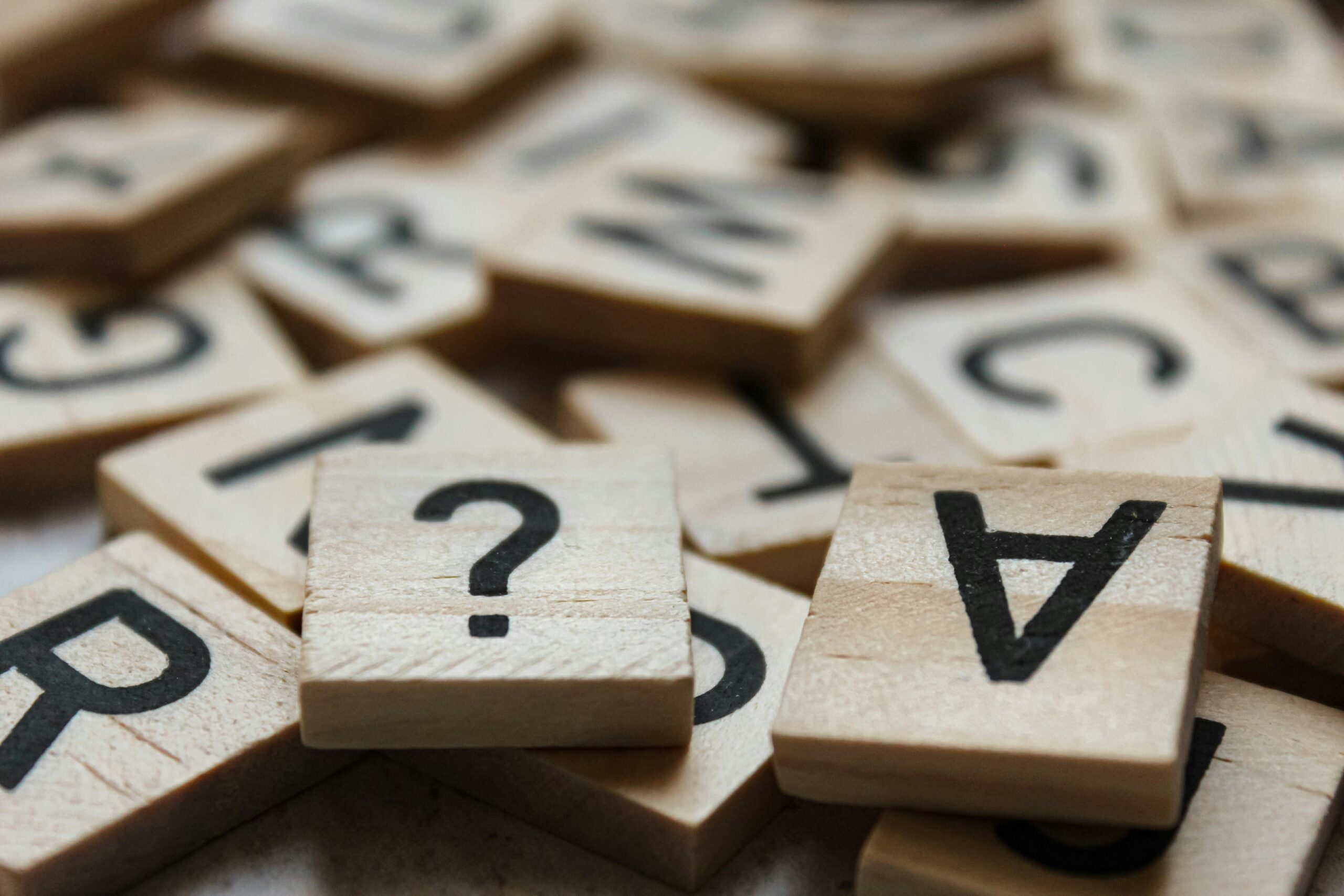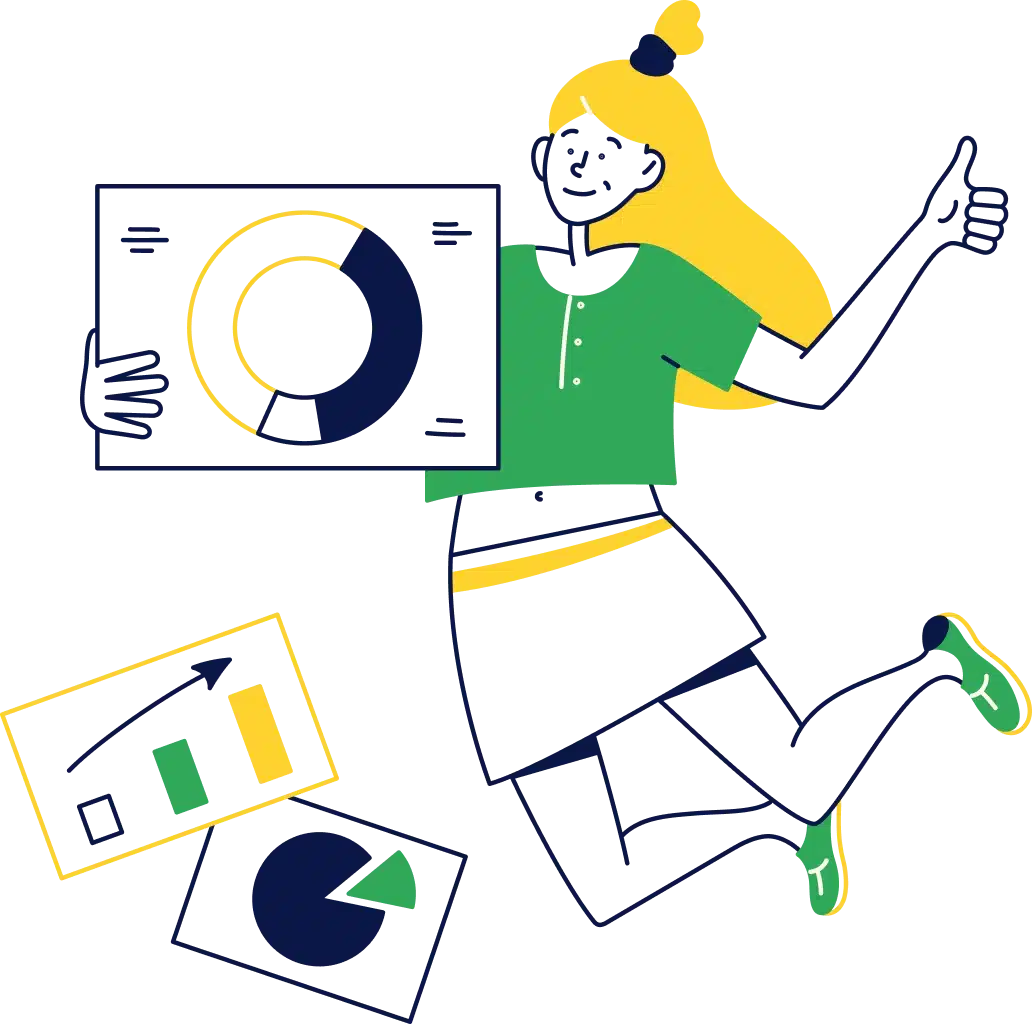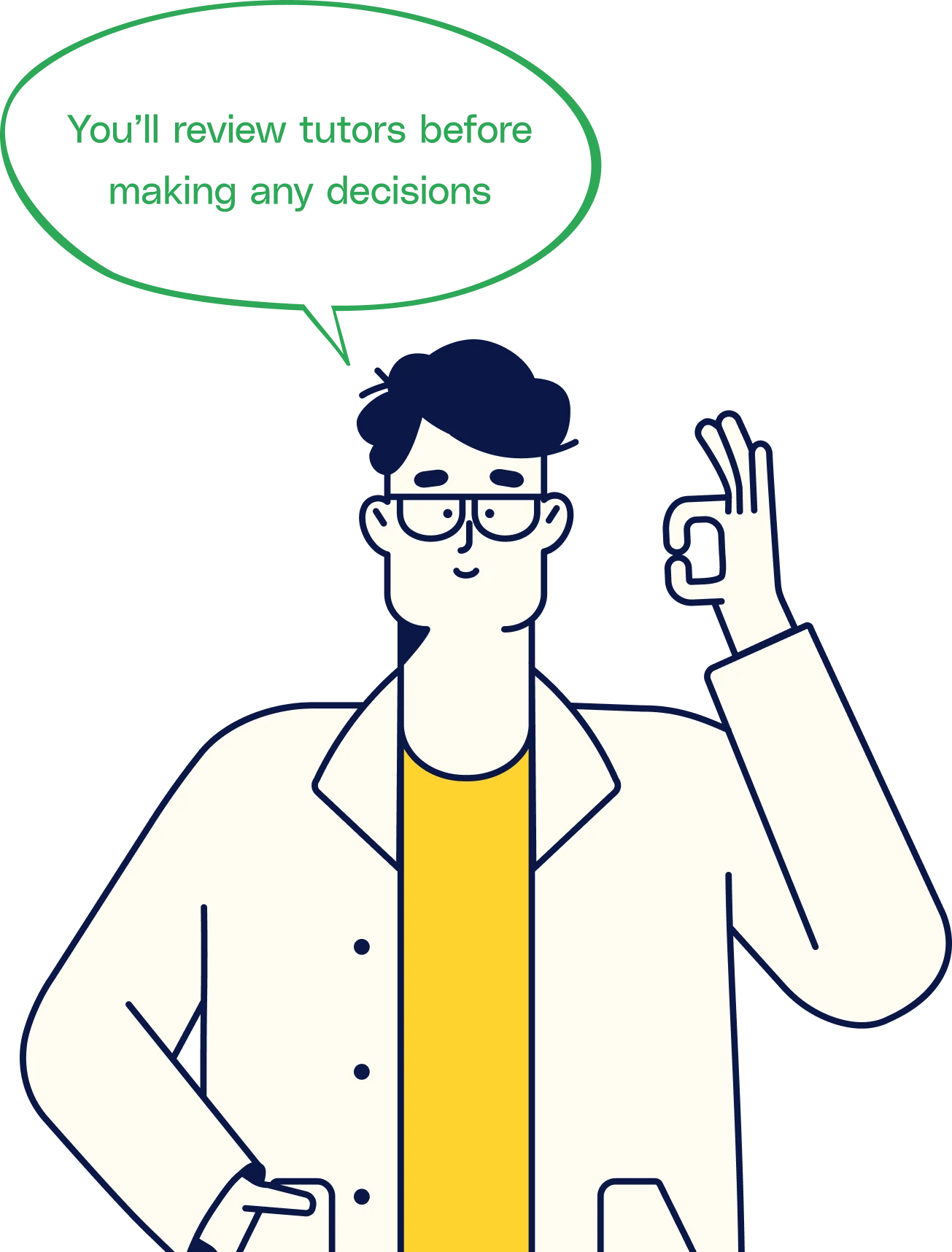Dyslexia is a learning disorder primarily characterised by reading, writing, and spelling difficulties. It's a common condition that affects individuals differently. Some people may experience mild dyslexia, while others may encounter more severe challenges. Here we take a comprehensive look at dyslexia: its symptoms, causes, diagnosis, and treatments.

Recognising Dyslexia
The International Dyslexia Association defines dyslexia as "a specific learning disability that is neurobiological in origin. It is characterised by difficulties with accurate and/or fluent word recognition and by poor spelling and decoding abilities". This might reflect struggles with spelling, reading quickly, writing words, 'sounding out' words in the head, pronouncing words when reading aloud, and understanding what one reads.
Symptoms can significantly vary across age groups. Preschool children may talk later than most, find it hard to pronounce words, and need help remembering or naming letters, numbers, and colours. School-age children and adolescents might read below the expected levels for their age, have problems processing and understanding what they hear, and struggle with spelling, grasp of language, and avoiding activities that involve reading.
Dyslexia is common; about 13% of students qualify for special education. Of those who are eligible, 50% are classed as haveing a learning disability, with 85% of those having a primary learning disability in reading and language processing. However, up to 20% of the population may experience symptoms and benefit from support. Although not all may qualify for special education, they could benefit from systematic, explicit instruction in reading, writing, and language.
Understanding the Causes of Dyslexia
The exact causes of dyslexia are still not entirely understood. However, it appears to be linked to specific genes that affect brain development. This indicates that the condition can be inherited, as it often runs in families.
Miswiring within the brain's language processing areas are also a significant factor. Studies using functional MRI (fMRI) scans have discovered differences in the way the brains of people with dyslexia develop and function.
Importantly, dyslexia is not due to a lack of intelligence or a desire to learn; students can succeed in school with appropriate teaching methods.
Diagnosing Dyslexia
Diagnosing dyslexia early is critical to ensuring that individuals receive the support they need in order to overcome the challenges they may face. Schools and clinical psychologists often conduct assessments based on reading skills and the ability to understand words. These professionals may also analyse the person's developmental, social, and medical history as part of the diagnostic process.
In most cases, dyslexia can be identified in children by the time they are 5-7 years of age. However, some people may only get a diagnosis once they reach adulthood, particularly individuals with mild forms of dyslexia or those who have developed successful coping strategies to manage their challenges.
Intervention and Support
While dyslexia is a lifelong issue, various remedial instructions and programmes can help individuals overcome their difficulties. These interventions may include:
Phonics-based instruction:
At the forefront of teaching strategies for dyslexia is phonics-based instruction. It's grounded in the concept that letters represent the sounds that form words. Tutors build on this fundamental linguistic understanding, progressively from simple to complex phonetic patterns. They explain, illustrate, and drill the associations between letters and sounds and the rules that govern these relationships. This method can catalyse students' capacity to decode, read, spell, and comprehend text. It aids learners in understanding the structure of words, thus promoting reading fluency and forging a pathway for academic performance improvement.
Multisensory techniques:
Multisensory learning is a highly effective method in supporting students with dyslexia. It involves simultaneously using two or more senses - sight, touch, hearing and movement. For instance, a tutor may encourage students to trace a large-letter pattern with their fingers, simultaneously voicing the letter's sound. As the student feels the letter shape (touch), sees the letter (sight), hears the letter sound (hearing), and moves their hand to form the letter(movement), learning is strengthened across multiple neural pathways. This rich sensory learning environment can aid in the cognitive processing and retention of information in students with dyslexia.
Speech Therapy:
Speech therapists play a pivotal role in supporting students with dyslexia to improve their language skills. Speech therapists can better equip students to grasp the links between sounds and letters by focusing on phonological awareness and understanding sounds within spoken words. Speech therapy goes beyond academics, helping students with conversation skills, comprehension strategies, and enhancing vocabulary - all vitally contributing to a student's self-esteem and social-emotional health.
Educational Therapy:
An educational therapist can design and implement personalised non-curricular strategies that address the specific educational needs of a student with dyslexia. Armed with a deep understanding of learning differences and strategies to overcome them, the therapist enhances the student's essential skills like reading comprehension, academic writing, note-taking and studying effectively. However, the expert should also extend the focus beyond academia, equipping the learner with practical life skills, including organisation, time management, goal setting, and problem-solving, thus preparing them for real-world challenges.
Assistive Technology:
Assistive technology has been a game-changer in rendering learning accessible to students with dyslexia. Text-to-speech software can convert written text into spoken words, allowing students with dyslexia to listen to text rather than struggling to read. Spelling and grammar checks can provide real-time suggestions, helping improve writing tasks. Specialists may also recommend using digital planners to track homework and assignments, maintain schedules, and develop organisational skills. These assistive tools can significantly improve the autonomy, confidence, and capabilities of learners with dyslexia.

Dyslexia Tutoring
Unlike in a traditional classroom, where teaching methods may not accommodate different learning styles, dyslexia tutors can take the time to use specialised strategies such as those listed above to address specific challenges. This customised approach allows learners to develop effective reading, writing, and comprehension skills, fostering a more profound understanding of the material.
Beyond academic improvement, dyslexia tutoring significantly enhances a learner's confidence and self-esteem. Coaching can help with the emotional effects of struggling with literacy can often lead to feelings of frustration and inadequacy; however, this kind of support helps individuals overcome these obstacles, building a positive self-image. As students experience progress, they become more engaged and motivated, leading to a more fulfilling educational experience.
Building Supportive Environments
Outside academic settings, people with dyslexia can benefit significantly from supportive, understanding communities. Eliminating stigmas, promoting understanding, and fostering environments that celebrate diversity are critical.
Teachers, parents, tutors, and friends educated about dyslexia can provide instrumental support. With the right strategies and supportive environments, individuals with dyslexia can thrive in school, work, and their personal lives.
It’s Not All Negative
Dyslexia, often viewed through the lens of challenges, also brings unique strengths that contribute positively to a wide number of pursuits.
Creativity and Innovation: Individuals with dyslexia frequently excel in creative thinking, enabling them to approach problems from unconventional angles and devise innovative solutions. This ability to think outside the box has led many to succeed in fields such as art, design, and entrepreneurship.
Enhanced Problem-Solving Skills: The capacity to view situations from multiple perspectives allows many with dyslexia to identify patterns and connections that others might overlook, fostering strong problem-solving abilities. This skill is particularly valuable in dynamic environments requiring adaptability and strategic thinking.
Big-Picture Thinking: Those with dyslexia often grasp overarching concepts without getting bogged down by details, making them adept at strategic planning and holistic thinking. This trait is beneficial in roles that require vision and the integration of complex ideas.
Resilience and Determination: Navigating a world not always adapted to their learning style, people with dyslexia often develop resilience and determination. These qualities drive them to overcome obstacles and persist in the face of challenges, traits that are invaluable in both personal and professional contexts.
Empathy and Intuition: Some studies suggest that individuals with dyslexia may exhibit heightened empathy and intuition, enabling them to connect deeply with others and navigate social dynamics effectively. This emotional intelligence can improve teamwork and leadership capabilities.
Recognising and embracing these strengths shifts the narrative around dyslexia, highlighting it not merely as a challenge but as a different cognitive approach that enriches diversity and innovation in various domains.







